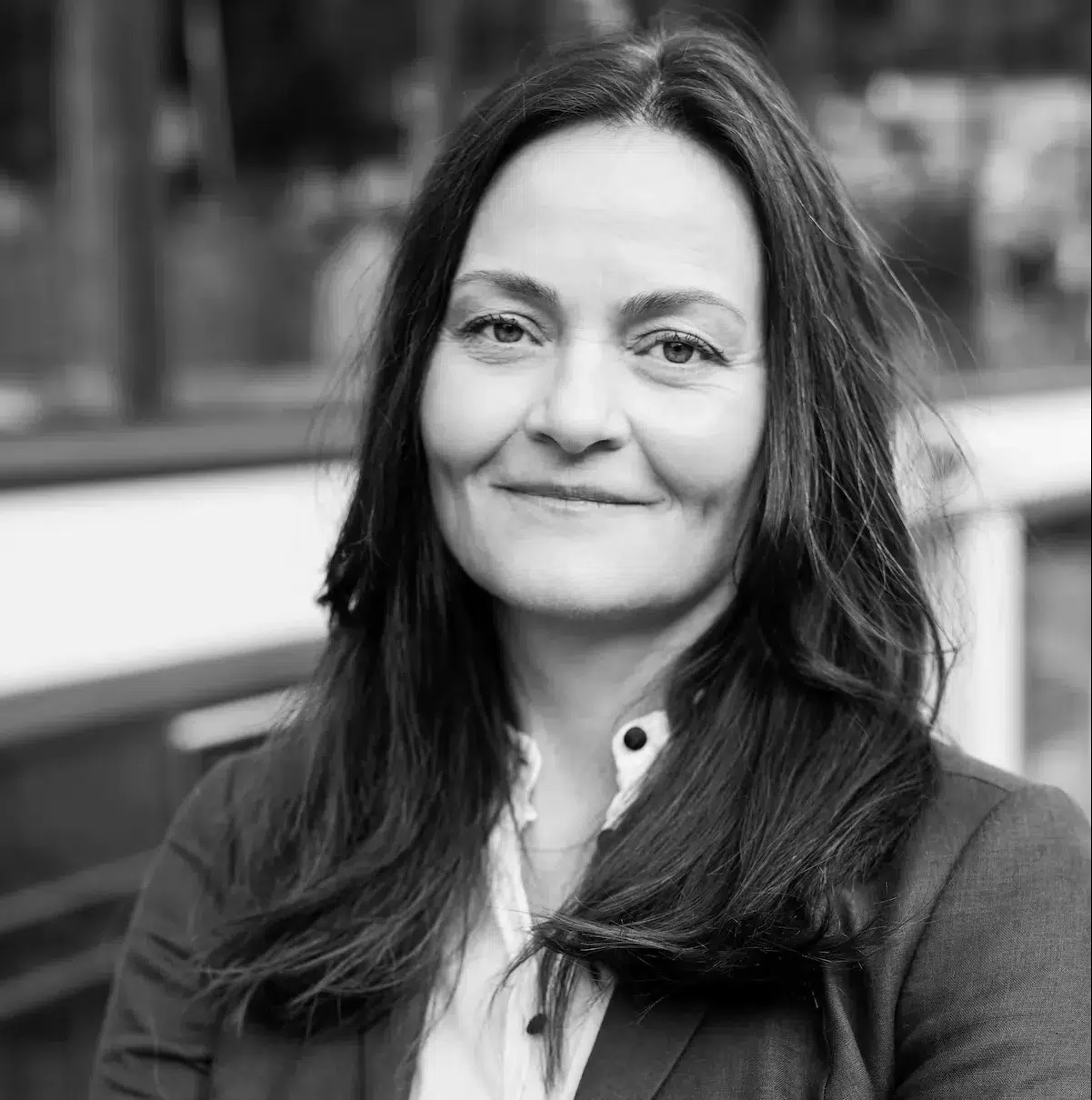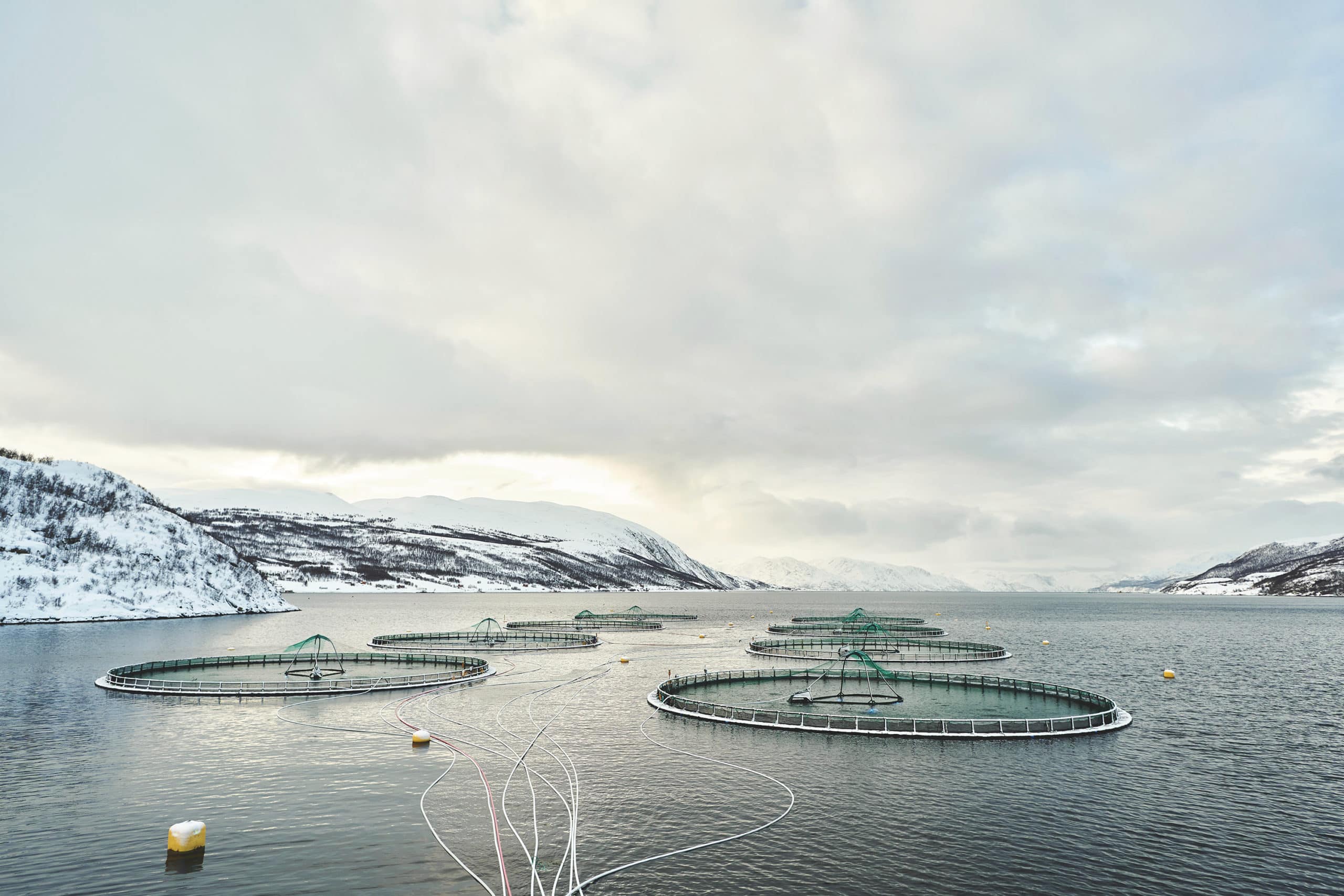

The consortium aims to reduce the environmental impact and improve fish welfare through innovations within offshore and closed technologies, biology, fish feed, electrification, digitalization, and logistics.
The consortium aims to reduce the environmental impact and improve fish welfare through innovations within offshore and closed technologies, biology, fish feed, electrification, digitalization, and logistics. The project is granted 96 million NOK from the Norwegian Research Council.
“Offshore aquaculture has the potential to be a solution in a more sustainable global food system. However, there are many challenges to address before we get there. Industry and research institutions are now launching the largest-ever effort to develop these solutions,” says Ragnar Tveterås, professor at the University of Stavanger, who coordinates the consortium.
The aim of the project Low-emission value chains for ocean-based aquaculture is to deliver new knowledge and innovations enabling offshore aquaculture to contribute to lower carbon emissions, reduce the environmental footprint to protect marine biodiversity, and optimize fish welfare. Offshore aquaculture also entails new challenges that must be solved, such as farming in harsh weather conditions.

Specifically, the project aims to deliver innovations in the following areas:
Grieg Seafood provides its leading expertise within digital aquaculture to the project.

Ragna Heggebø, Global R&D Manager of Grieg Seafood ASA
Parties engaged also include companies like Skretting, SalMar Ocean, Moreld Aqua, FishGlobe, Hauge Aqua and Blue Planet, as well as research institutions such as The Norwegian Veterinary Institute, The Institute of Marine Research, NORCE, Norwegian University of Life Sciences, Norwegian University of Science and Technology, University of Bergen, University of Stavanger, Western Norway University of Applied Sciences, Simula, University of Melbourne and University of Florida.
“To Grieg Seafood, it is evident that our industry must reduce our footprint and improve fish welfare if we are to realize the growth potential we have in Norway through new areas and production methods. A major push like this project, where research institutions and industry collaborate to find solutions, is exactly what we need. Grieg Seafood looks forward to contributing with our leading expertise within digitization, but also to learning from other partners. Together, we will realize the potential inherent in offshore aquaculture,” says Ragna Heggebø, Global R&D Manager of Grieg Seafood ASA.